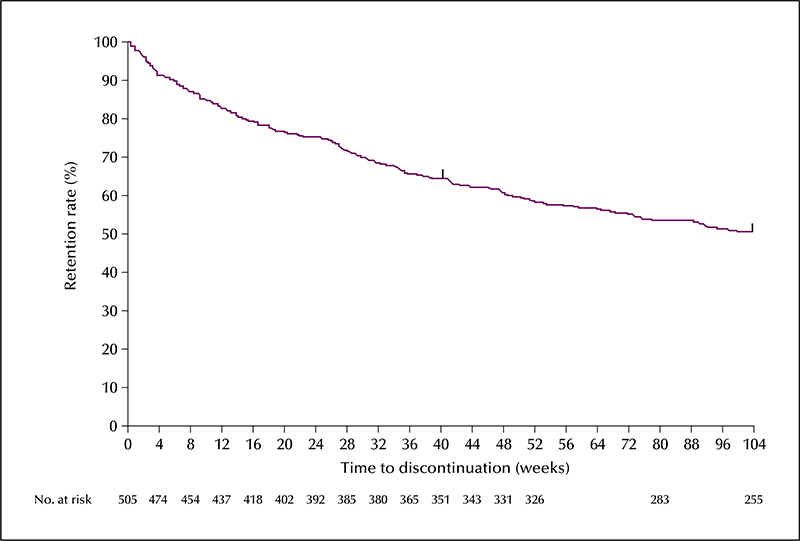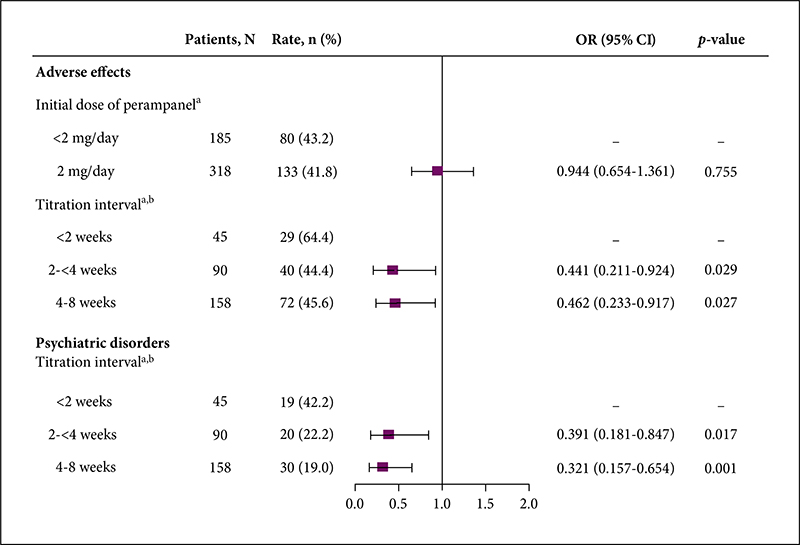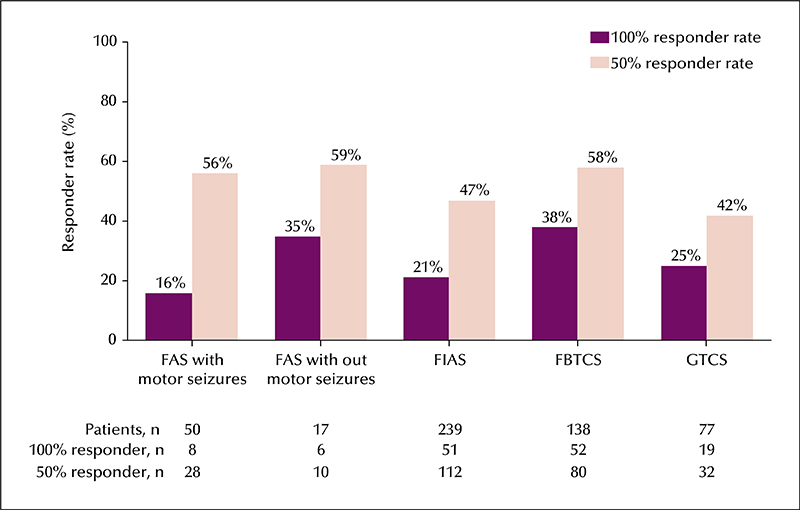Epileptic Disorders
MENUReal-world evaluation of perampanel effectiveness in Japanese adolescents with epilepsy Volume 24, numéro 5, October 2022
- Mots-clés : efficacy, safety, perampanel, post-marketing study, long-term outcome
- DOI : 10.1684/epd.2022.1454
- Page(s) : 813-21
- Année de parution : 2022
Objective
Real-world data from adolescents treated with perampanel in a routine clinical setting are lacking in Japan. We evaluated the safety and efficacy of perampanel for adolescent patients (aged 12-17 years) with drug-resistant, refractory epilepsy in real-world settings.
Methods
This was a large-scale, prospective, observational post-marketing study, with a 104-week observation period. Safety was assessed by monitoring adverse effects (adverse drug reactions). For efficacy assessments, seizure frequency was compared between the four weeks immediately prior to the last observation and the four weeks before the commencement of perampanel.
Results
In total, 519 patients were enrolled;505 and 484 patients were included in the safety and efficacy analysis sets, respectively. The mean age was 14.4 years. The mean daily dose of perampanel was 4.4 mg/day. The main reasons for discontinuation at 104 weeks were adverse events (48.4%) and inadequate efficacy (46.8%). The retention rate at 104 weeks was 50.5%. Adverse effect and severe adverse effect incidences were 42.2% and 1.8%, respectively. The most common adverse effects were somnolence (13.5%), irritability (8.5%), dizziness (5.1%), and agitation (4.8%). There were significant differences in the occurrence of adverse effects between the initial titration interval of p=0.029) and 4-8 weeks (odds ratio=0.462, p=0.027). The median percent change in seizure frequency at the last observation carried forward was –50.0 for focal aware seizures with motor signs, –73.3 for focal aware seizures without motor signs, –28.6 for focal impaired awareness seizures, –62.6 for focal to bilateral tonic-clonic seizures, and –20.0 for generalized tonic-clonic seizures.
Significance
In adolescent patients, perampanel was well tolerated and efficacious in reducing seizure frequency. No unexpected safety issues were observed, and slow titration may reduce the incidence of adverse effects.




